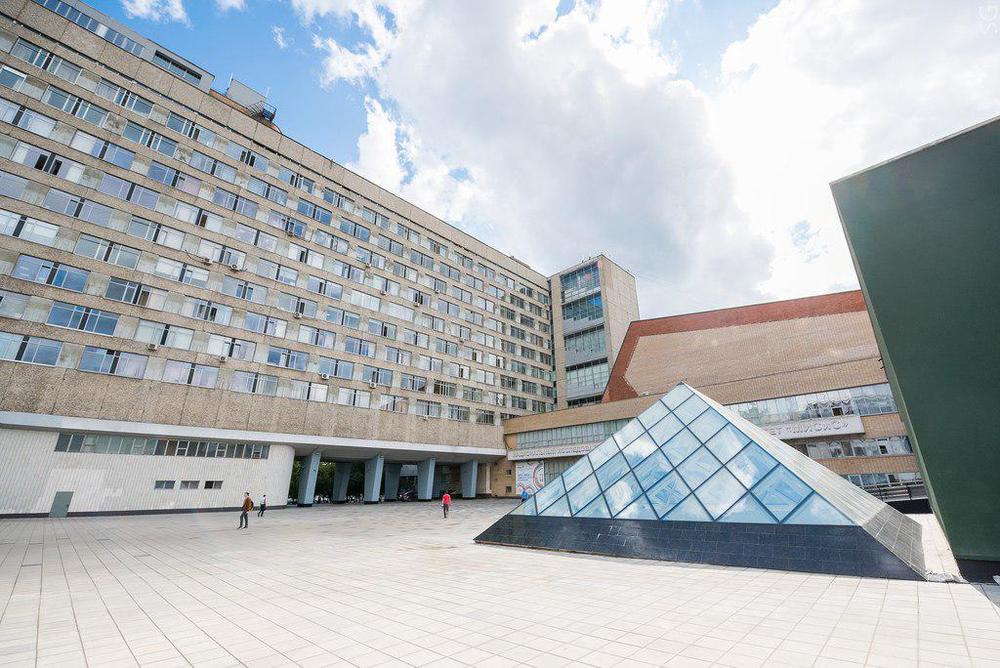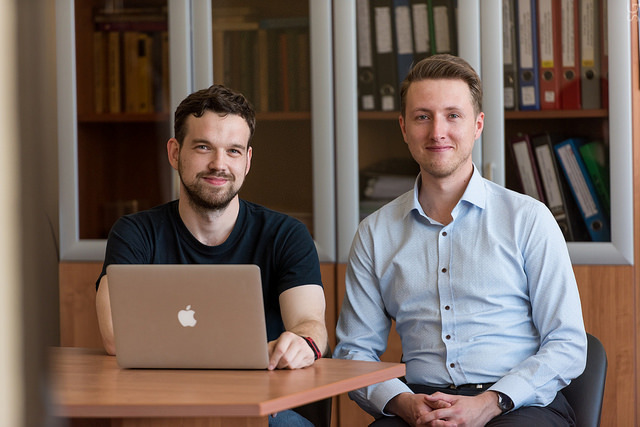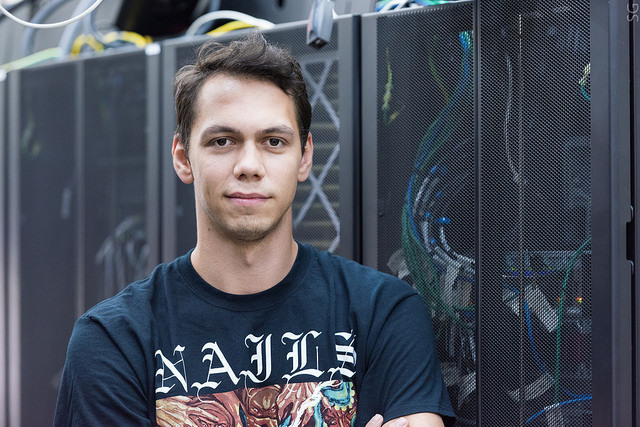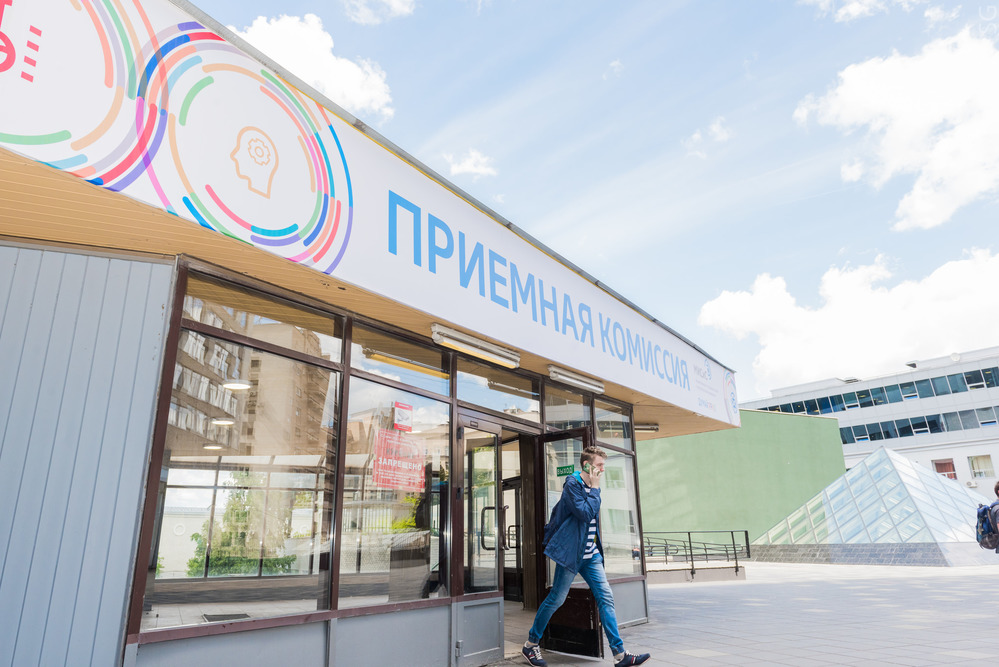

NUST MISIS Scientists First in the World Learn How to Create Two-Dimensional Materials with Controlled Semiconductor Properties
Humanity already knows how to turn light into electricity and how to create batteries without chemical reactions, but these devices have very low efficiency. Nanomaterials based on two-dimensional structures show the most promising characteristics, however they are very difficult to obtain, and scientists struggle to control their properties.

NUST MISIS Scientists Invent How to Determine Catalytic Activity of Potential Catalysis without Experiments
The search for catalysts of chemical reactions is a classical example of empirical science, when to discover a response it is necessary to act through an exhaustive search or, as scientists joke, through unending trial and error. Materials which have very similar properties can have completely different catalytic activity. Up until now, scientists have only been able to measure this activity.

Nanotechnologies Becoming More Popular among Applicants
NUST MISIS has summarized the results of the 2017 admission campaign.

Recreation and Study: NUST MISIS Summer Schools Attract International Students
NUST MISIS is one of the leading universities in the fields of materials science and IT-technologies organizing summer schools, which are in great demand among international students.
